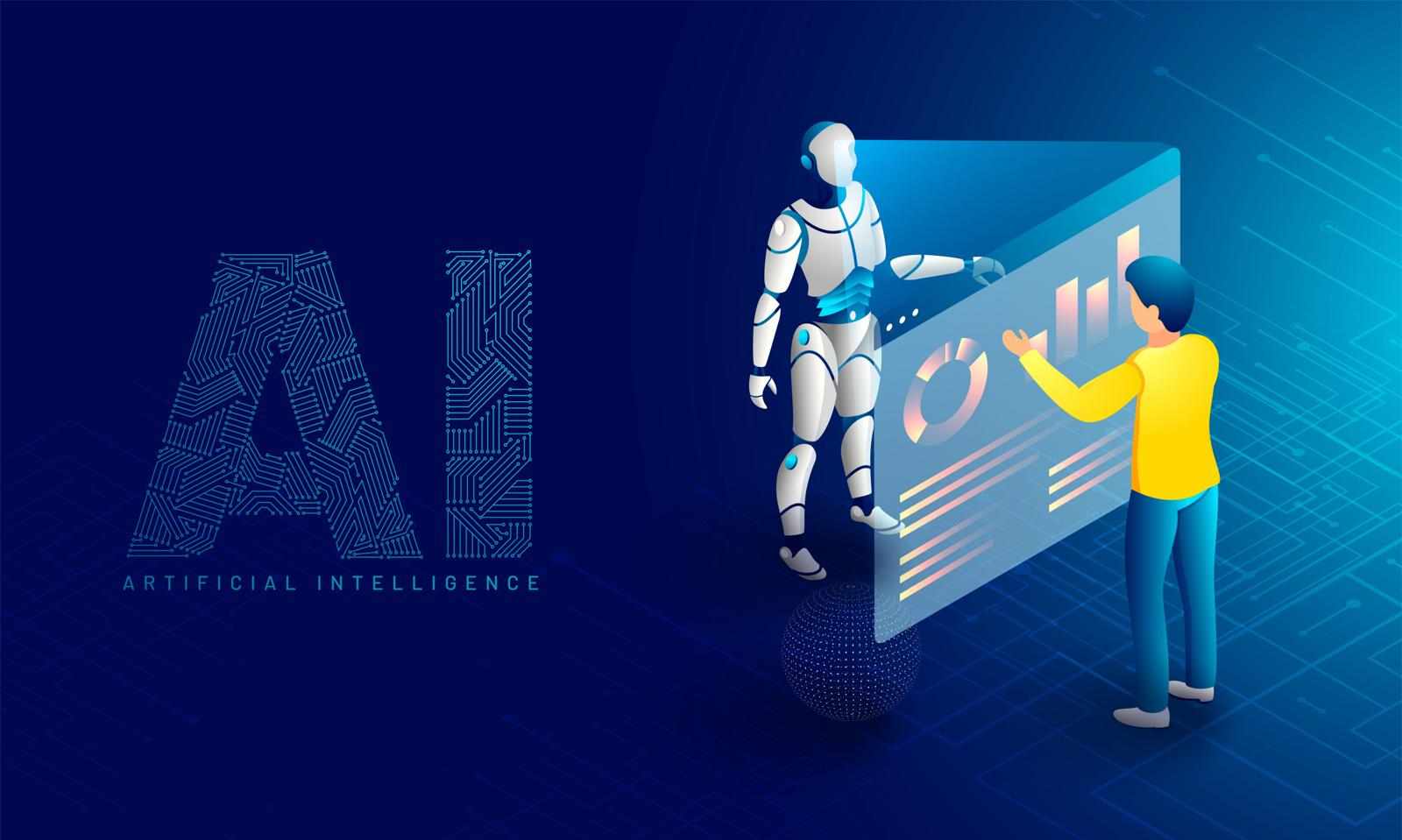Stretching from Pimpri-Chinchwad to Chakan, Pune’s industrial corridor hosts plants that stamp car bodies, forge gears, and assemble circuit boards for buyers worldwide. Yet those same factories face monsoon floods, highway gridlock, and sudden material shortages. A single forecast error can freeze crores in idle stock or halt a line for want of a twenty-rupee sensor. Managers are therefore turning shop floors into living data labs, fusing sensor readings, ERP records, and partner feeds to keep materials, machines, and people moving in near real time.
From Reactive to Proactive Logistics
Traditional managers learned about trouble only after a truck missed its slot or a supplier delivered the wrong steel. Cloud dashboards erase that lag. GPS pings, e-way bills, and weather feeds stream into models that predict arrival times to the quarter hour. When a landslide blocks the Mumbai–Pune Expressway, algorithms reroute drivers, reschedule docks, and send updated promises to customers. The payoff is fewer stock-outs, smaller buffers, and happier OEMs obsessed with on-time-in-full scores.
Building an Analytics-Ready Culture
Tools alone never guarantee results; employees must trust the numbers. Each shift now begins with a five-minute “data huddle” where supervisors project live dashboards and ask operators to explain anomalies. Lean teams trial new batching rules or inspection intervals and track gains in takt time. Many engineers improve their statistical skills through data science classes in Pune, translating regression models into shop-floor improvements. These quick wins build credibility and create internal champions who push analytics deeper into everyday decisions.
Key Data Sources Inside the Factory Gates
Industrial Internet of Things sensors take vibration, temperature, and power readings every ten seconds. Machine-vision cameras flag hairline scratches the moment they appear, while automated storage systems record each pallet’s location with millimetre precision. These granular signals join enterprise resource-planning tables that track supplier lead times, purchase prices, and bill-of-materials structures. Even customer-relationship data is relevant: when a dealership announces a festival promotion, the system automatically raises planned orders for the matching variant, preventing last-minute fire-fighting.
Analytics Techniques That Deliver Tangible Wins
Four analytics techniques yield immediate gains. First, gradient-boosted demand forecasts blend historic sales, holidays, and macro indicators to predict SKU needs weeks ahead, shrinking the bullwhip effect. Second, Monte Carlo simulations recalibrate safety stock nightly, balancing service and working capital. Third, mixed-integer optimisation builds production schedules that weigh changeovers, labour, and due dates, trimming overtime. Finally, association rules paired with Shapley values reveal which material lots or machine settings trigger defects, enabling rapid containment and permanent fixes.
Collaborating Beyond Plant Boundaries
Efficiency multiplies when data travels beyond factory walls. Automotive suppliers in Chakan share electronic kanban signals so seat assemblies arrive minutes before installation. Cold-chain drug makers use blockchain to certify temperature compliance from plant to airport. Nhava Sheva port posts berth-congestion indices that exporters query via API, staggering container pickups and avoiding surcharges. Shared metrics build discipline across the chain, lowering total inventory and giving Pune manufacturers a trust boost when bidding for global contracts.
Measuring and Communicating Return on Investment
Senior executives still ask the accountant’s favourite question: “Will it pay?” Best-in-class plants answer with a balanced scorecard that pairs leading indicators—forecast accuracy, truck turnaround time, plan adherence—with financial metrics like inventory days of supply and contribution margin. Case studies in Pune show fifteen-percent inventory cuts, eight-percent equipment-efficiency gains, and ten-percent freight savings within twelve months of launching an analytics program. Just as important, consistent customer service earns suppliers higher share in annual sourcing negotiations, creating a flywheel of revenue growth that far outweighs the initial technology spend.
Upskilling for the AI-Enabled Future
Because algorithms evolve quickly, skills must evolve in step. Edge computers now run inference directly on machine controllers, while reinforcement-learning agents optimise parameters inside digital twins. Edge inference is now affordable even for mid-sized firms with modest budgets today. To keep pace, companies establish learning factories where multidisciplinary squads develop proof-of-concept projects over twelve-week sprints supervised by academic mentors. Internal hackathons showcase wins—from automated invoice matching to real-time scrap dashboards—sparking friendly competition and continuous improvement. In this environment, every engineer becomes a part-time data scientist, and every dataset becomes an opportunity to save time, reduce waste, or delight the customer.
Toward Sustainable and Resilient Supply Chains
Stakeholders now judge suppliers not just on cost and speed but also on environmental and social footprints. Carbon-tracking modules assign an emissions score to every shipment, prompting route changes or supplier switches when thresholds are breached. Waste-heat analytics uncover opportunities to preheat boilers or power absorption chillers, lowering energy bills and emissions together. Scenario planners model the impact of geopolitical shocks—tariff hikes, pandemic flare-ups, semiconductor scarcity—so executives can diversify ahead of crisis instead of reacting afterward. Data is becoming the linchpin of long-term resilience and sustainability.
Conclusion
Data-driven supply chains once sounded futuristic; in Pune they are now the baseline. Firms that embed sensors, integrate platforms, and cultivate analytical talent ship faster, spend wiser, and pollute less. Their people, empowered by insights from data science classes in Pune, evolve from record-keepers to conductors of complex networks. Companies that delay clearly risk being outflanked by agile rivals who treat information as strategic capital and lifelong learning as standard practice. In today’s race, the plant with the best data—and the culture to use it—wins.





Write a comment ...